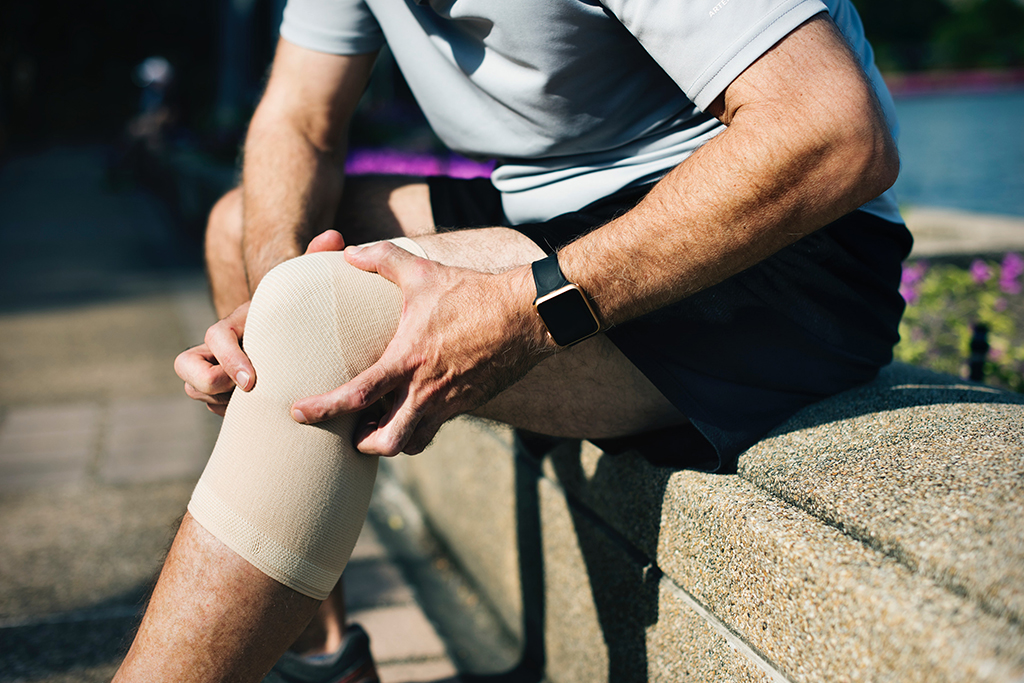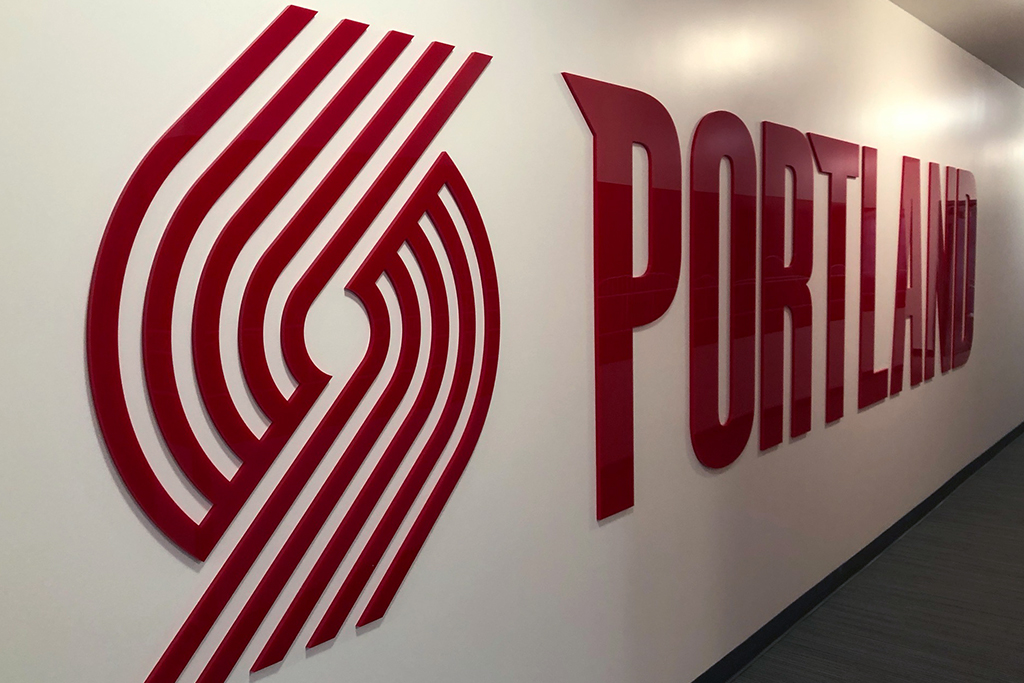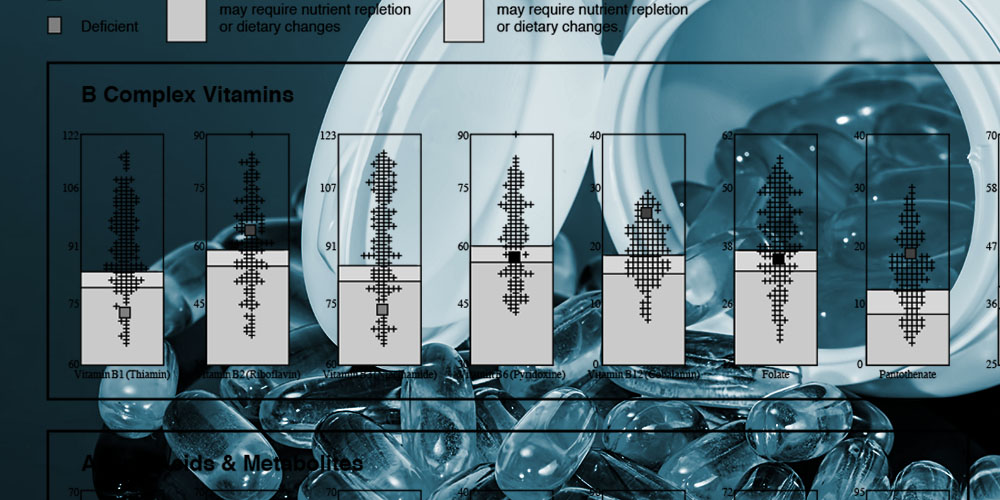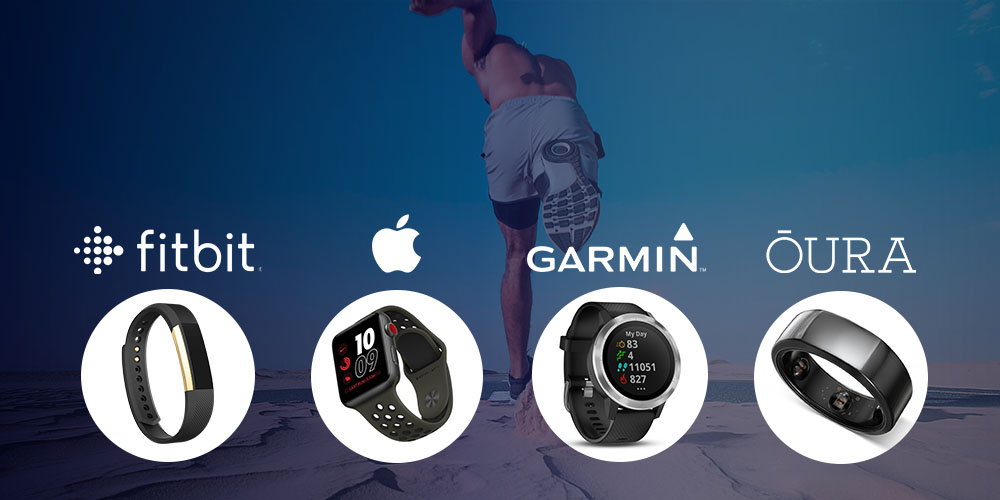Written by Myles Spar
Posted on: November 7, 2018
Share This
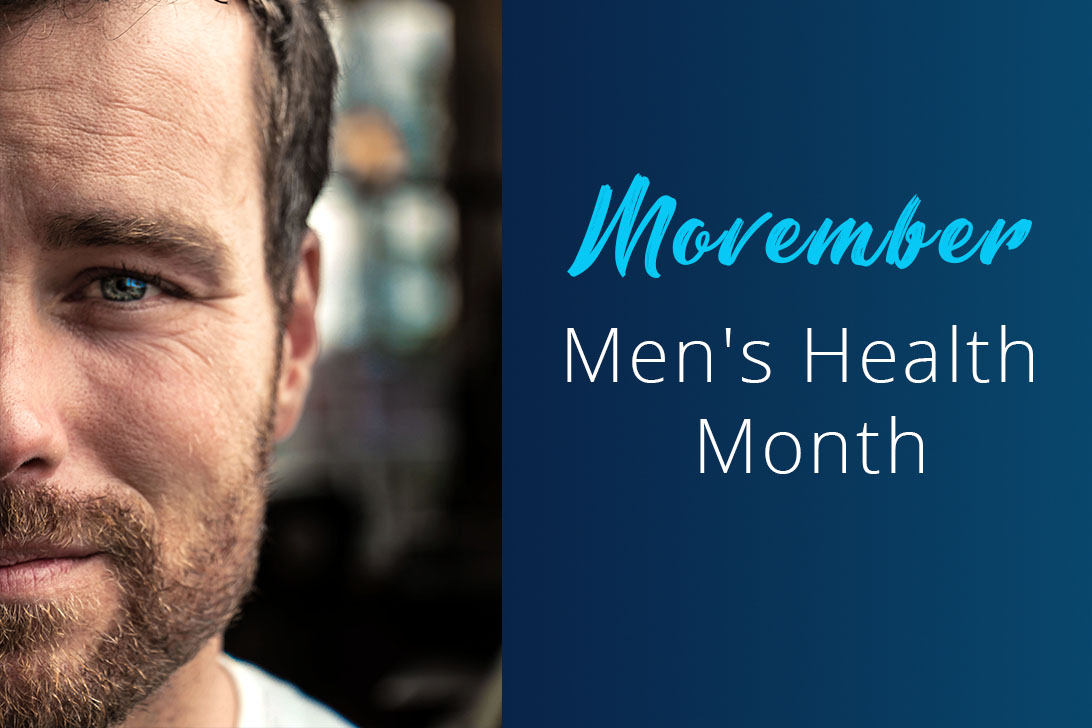
November. For many it signals the start of the holiday season, but it’s also the month that men all over the world will grow a moustache. Why? An annual event known as Movember (Mo=moustache + November) encourages guys to grow moustaches as a way of raising awareness about men’s health issues. The effort is coordinated by the Movember Foundation, which began in 2003 and has since gained over five million supporters. According to this foundation, men experience worse longer-term health than women and die on average six years earlier. This is why they hope to reduce the number of men dying prematurely by 25 percent. The Movember Foundation focuses on the following:
Prostate cancer and testicular cancer
Knowing that prostate cancer rates will double in the next 15 years and testicular cancer rates have already doubled in the last 50, the Movember Foundation works to give men the tools they need before, during and after cancer treatment. Rather than focusing solely on finding a cure, they’re committed to improving quality of life.
Suicide prevention and mental health
Did you know that three out of every four suicides are men? And, as I discuss here, the World Health Organization reports that more than 300 million people worldwide suffer from depression, which can become a serious and debilitating health problem. The Movember Foundation thinks it’s time to have an honest conversation about mental health, and they’re creating new approaches designed to work for men.
How does growing a moustache during the month of November help solve these problems? The idea behind Movember is that your moustache acts as a sort of awareness ribbon, drawing attention to men’s health. The Movember Foundation believes that growing a moustache “can inspire donations, conversations, and real change.” They suggest making it fun by offering to dye your “Mo” a crazy color and letting the highest donor pick the color, or by enlisting your friends and family so you can compare results (and compete for donations). You could get all the guys at work in on the Movember action by starting one big team for your company or organizing into multiple teams for a little friendly competition.
Before you start growing a ‘stache, you may (understandably) want to know where the money you raise is going. Here are just a few of the many projects currently being funded by the Movember Foundation in the United States. Click here to see the full list.
Making Connections
Currently in its third year, the Making Connections initiative focuses on specific communities across the US where project sites are implementing actionable, community-level prevention plans to improve mental health and wellbeing. Making Connections emphasizes improving outcomes within high-need populations, including boys and men of color, military members, veterans, and their families.
GAP4
The GAP4 Project will determine if intense exercise and psychosocial support increase overall survival compared to psychosocial support alone in patients with metastatic castrate-resistant prostate cancer. It’s governed by an advisory committee of highly regarded experts in the field.
Men’s Cancer Navigation Services
This project provides free, comprehensive, one-on-one support to men affected by testicular or prostate cancer.
If you like the idea of bringing attention to men’s health issues but can’t grow a moustache, you can participate in Movember by moving your body. In setting a goal for the month of November—running or walking 200 miles, swimming or rowing 50 miles, or anything that challenges you—and raising funds along the way, you’ll be doing good for your body and for the cause. You can do this as part of a team, so if you already have a group of people you exercise with regularly, consider roping them in for Movember.
As an integrative physician, I’ve worked hard to shine a spotlight on the importance of men’s health. It’s why I’ve written so extensively about issues like heart health and mental performance. It’s also why I support the Movember Foundation, and I encourage you to do the same. For more information on how to best handle your own personal health challenges, contact Tack180 for a free consultation. We give you critical information as well as a personalized plan that you can follow for life. We’ll even help you stick to that plan with the support of a professional implementation team that will assist you in overcoming common hurdles to behavior change and hold you accountable in the long run.

About Myles Spar, MD
Myles Spar, MD, MPH is board-certified in Internal Medicine and in Integrative Medicine. As a clinician, teacher and researcher on faculty of two major medical centers, he has led the charge for a more proactive, holistic and personalized approach to care that focuses on cutting edge technology and preventative care. Dr. Spar has traveled with the NBA, presented a TEDx Talk, appeared on Dr. Oz, and been featured in publications such as the Men’s Journal and the Los Angeles Times.




